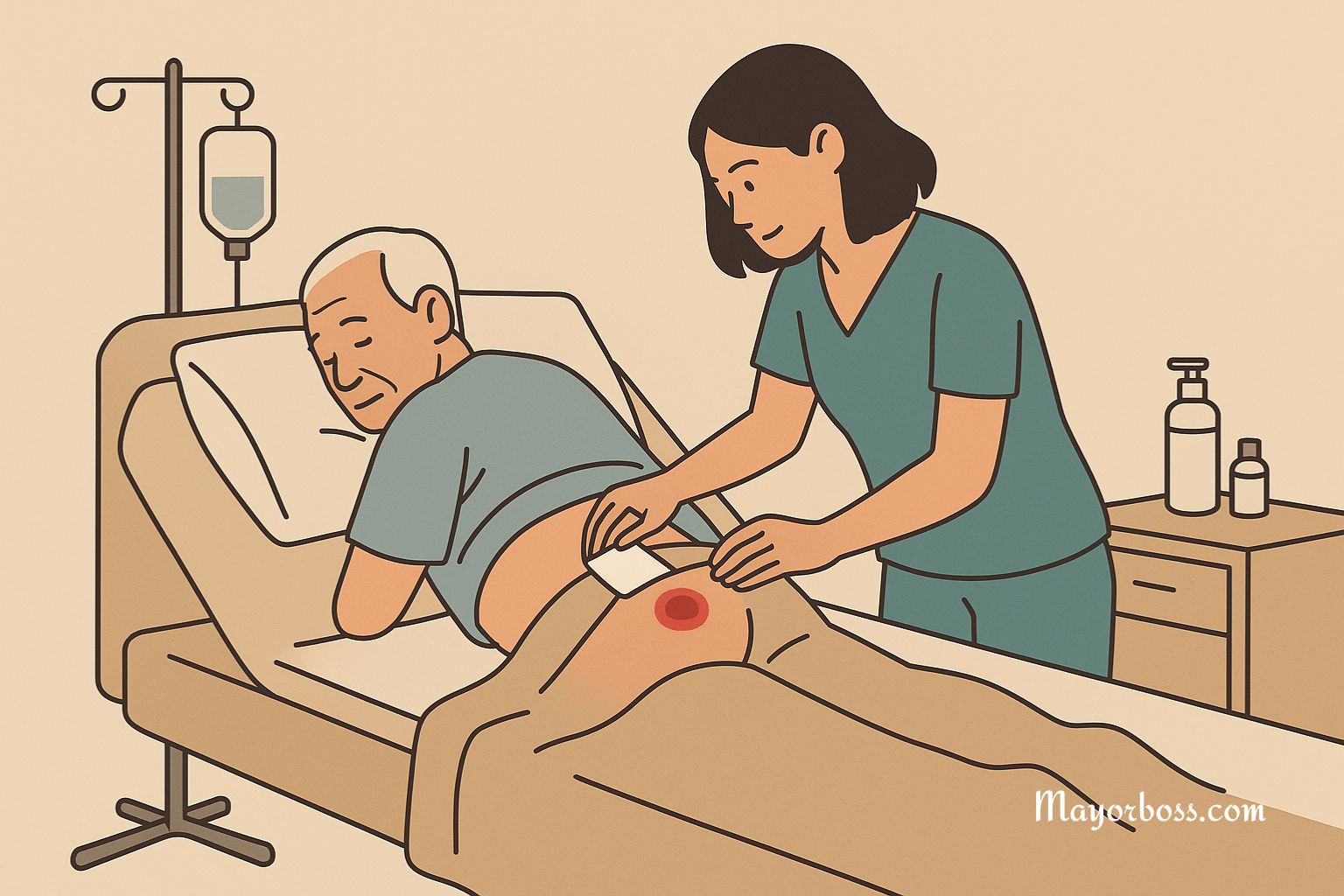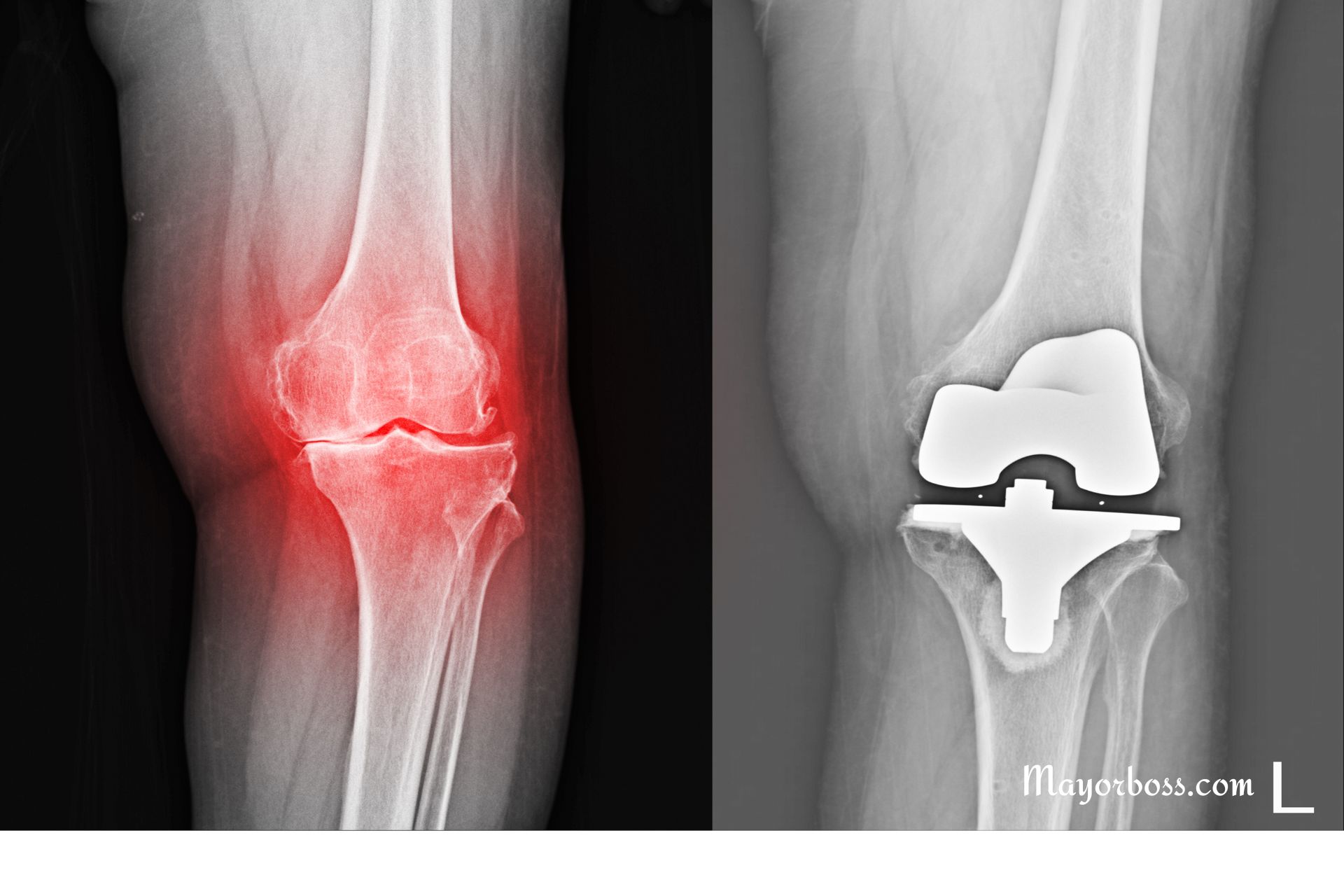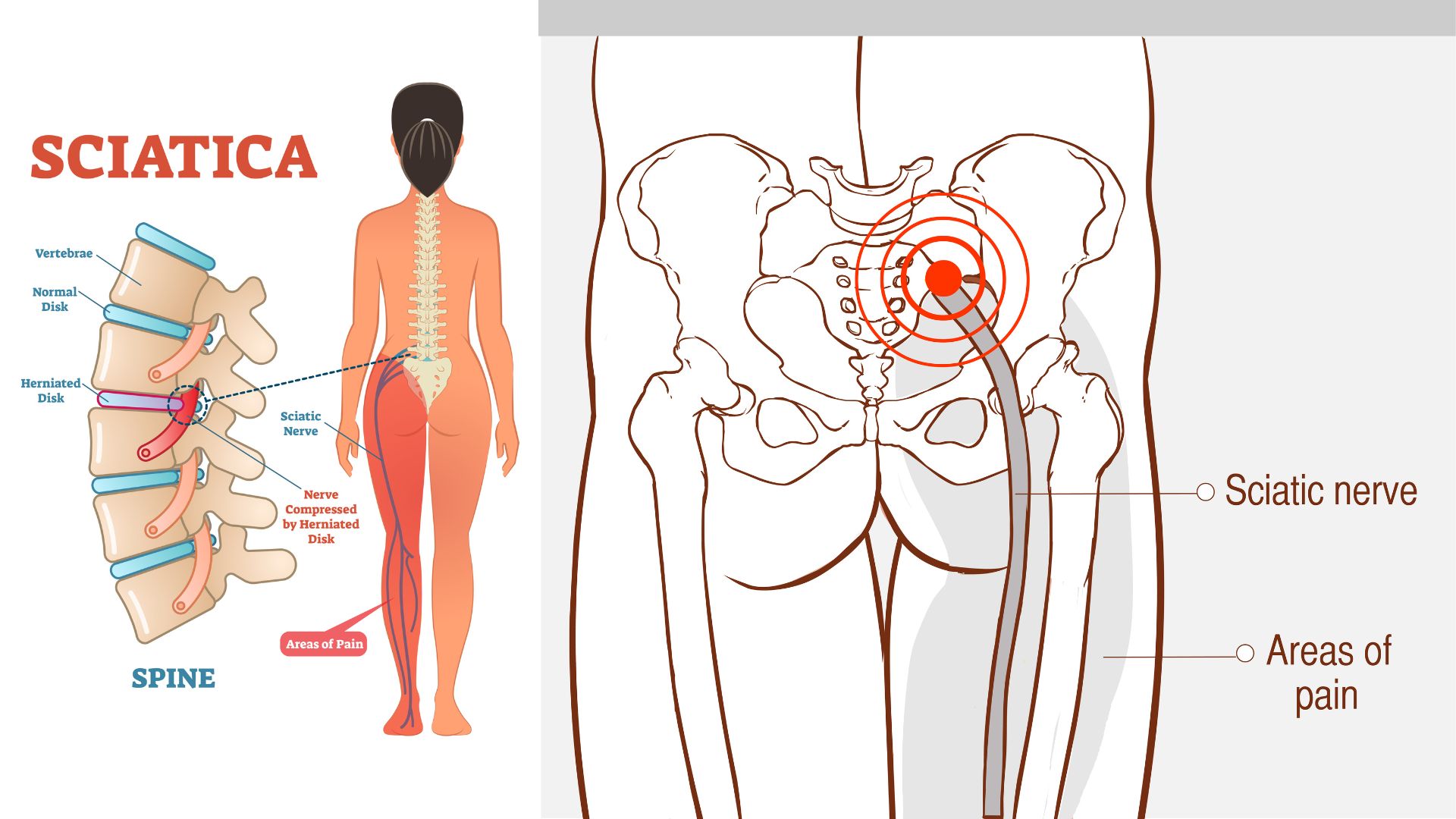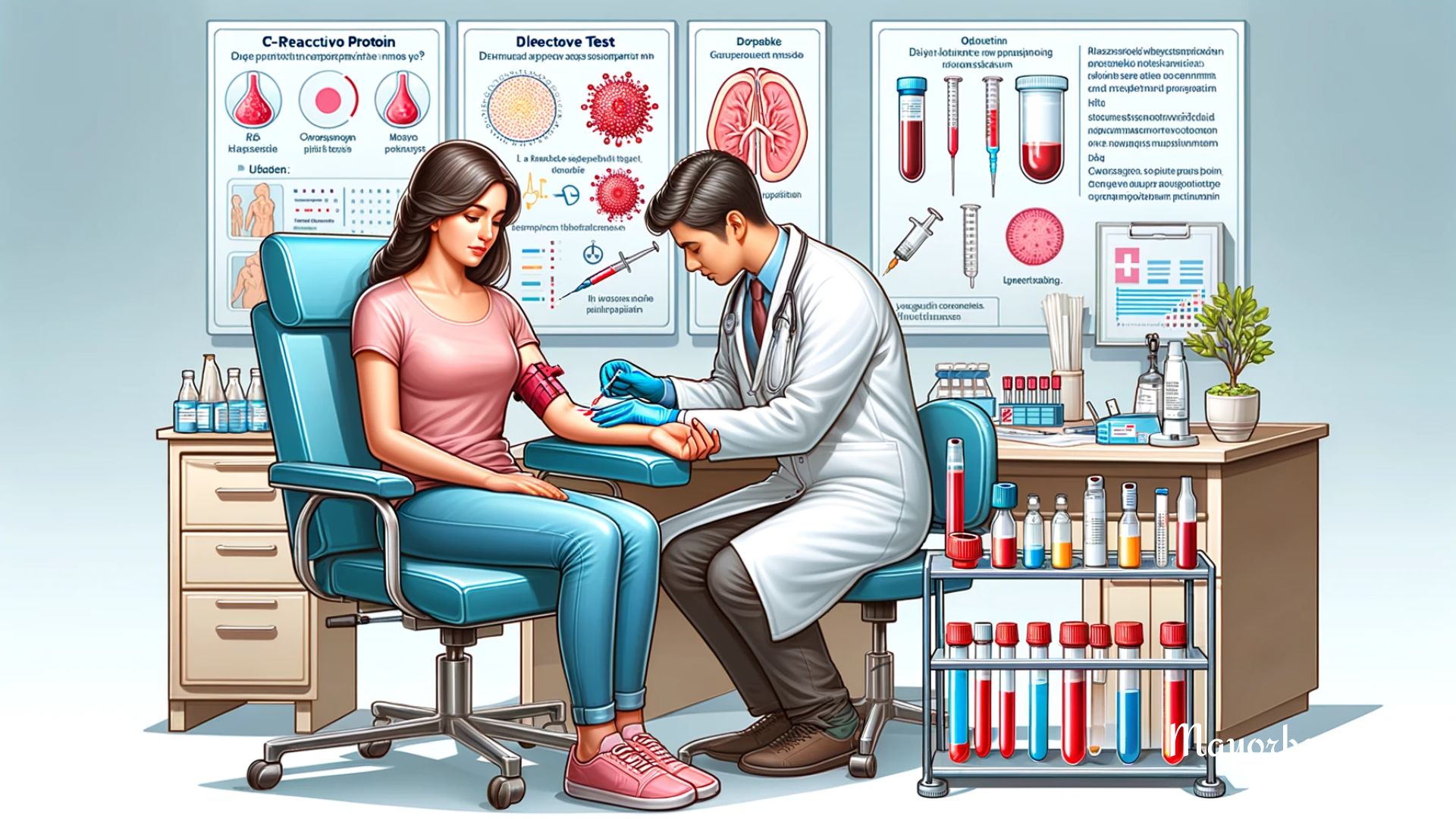The Fastest Way to Get Rid of Bedsores
Bedsores, also called pressure ulcers, are painful skin injuries that happen when a person stays in one position for too long. They usually form on areas where the skin covers bony parts of the body, like the hips, heels, lower back, and elbows. People who are bedridden or use wheelchairs for long periods are most at risk.
Getting rid of bedsores quickly requires fast action, proper care, and a complete treatment plan. Let’s look at what you can do to heal bedsores as fast as possible and prevent them from coming back.

What Causes Bedsores?
Bedsores happen when the blood flow to the skin is cut off for too long. Without enough blood, the skin begins to break down. The main causes include:
- Constant pressure on the skin from lying or sitting too long
- Friction when the skin rubs against sheets or clothing
- Shear, which occurs when the skin moves in one direction, but the bone underneath moves in another
- Moisture from sweat, urine, or wounds, which weakens the skin
What are the Warning Signs of Bedsores?
Catching a bedsore early can help you treat it before it becomes serious. Watch for these signs:
- Red or purple skin that doesn’t go away when touched
- Skin that feels warm, firm, or swollen
- Pain or tenderness in one spot
- An open sore or blister
- Skin that looks black, especially in more advanced cases
Treatments for Bedsores
Step 1: Relieve Pressure Immediately
The first and most important step is to remove pressure from the sore area. This allows blood to flow back into the skin and start the healing process.
- Change positions every 1 to 2 hours if lying in bed
- If in a wheelchair, shift weight every 15 minutes
- Use pillows or foam pads to protect sore areas
- Try special mattresses or seat cushions made to reduce pressure
Step 2: Keep the Skin Clean and Dry
Bacteria love moisture, so keeping the area clean and dry is essential.
- Clean the sore daily with mild soap and water
- Pat the skin dry, do not rub
- Avoid alcohol or hydrogen peroxide—these can slow healing
- Apply a moisture barrier cream to protect from urine or stool if needed
Step 3: Use the Right Wound Dressings
Dressings protect the sore and help it heal faster. The right dressing depends on how deep the sore is.
- For early sores (Stage 1), a thin hydrocolloid dressing or protective foam pad may be enough
- For open sores, your doctor may recommend:
- Hydrogel dressings to keep the wound moist
- Alginate dressings for wounds with lots of fluid
- Antimicrobial dressings if there’s an infection risk
Dressings should be changed regularly based on your healthcare provider’s instructions.
Step 4: Treat Infections Quickly
If a bedsore gets infected, healing slows down, and serious health problems can follow. Signs of infection include:
- Pus or foul-smelling drainage
- Increased redness, swelling, or warmth
- Fever or chills
- Pain that gets worse instead of better
If you suspect an infection, see a doctor right away. You may need oral or topical antibiotics.
Step 5: Support Healing from the Inside
Healing a bedsore also depends on what’s happening inside your body. Good nutrition helps the skin repair itself faster.
- Eat more protein, which is essential for tissue repair. Good sources include eggs, beans, fish, and lean meats.
- Get enough vitamin C and zinc—both help heal wounds
- Drink plenty of water to keep your skin hydrated
- Consider a nutrition shake if eating regular meals is hard
A dietitian can help plan meals to support recovery.
Step 6: Consider Advanced Treatments
For deep or stubborn bedsores, more intensive treatments may be needed:
- Debridement: This is the removal of dead or infected tissue, done with special tools, dressings, or sometimes surgery
- Negative-pressure wound therapy (wound vac): A vacuum draws fluid from the wound and helps new tissue grow
- Skin grafts or surgery: In very serious cases, doctors may need to close the wound with tissue from another part of the body
These are usually done under a doctor’s care in a clinic or hospital.
How Long Does Healing Take?
Healing time depends on how deep the sore is and how quickly treatment begins.
- Stage 1 (red skin only): May heal in a few days with proper care
- Stage 2 (shallow open sore): Could take a few weeks
- Stage 3–4 (deep tissue damage): May take months or longer
The faster you start care, the better the outcome.
Preventing Bedsores After Healing
Once the sore heals, it’s important to keep it from coming back.






